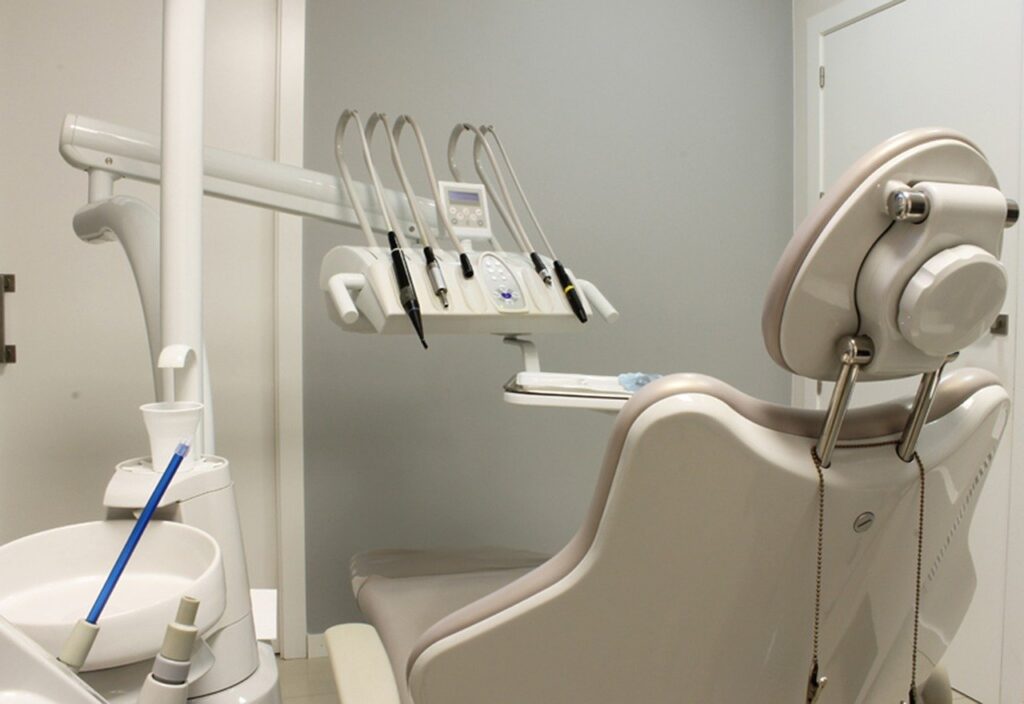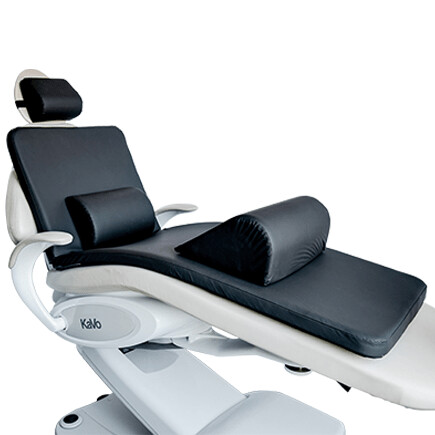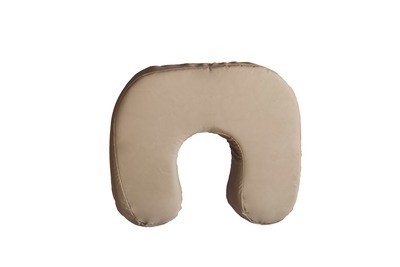Ergonomic Risk Factors That Cause Pain in Dentists

There are several ergonomic risk factors that exist in the field of dentistry. Few dentists go through their entire career without experiencing some type of musculoskeletal issue. Pain in the neck, back, hips, shoulders, and wrists are all too common. Dentists worldwide have faced a growing problem of work-related musculoskeletal disorders such as carpal tunnel syndrome and repetitive strain injury. What are the risk factors that lead to these issues?
Repetitive Movements
Dentists perform a lot of repetitive movements throughout the day, often using their hands to hold and manipulate instruments for long periods of time. These can lead to undue strain on a person’s body, especially when spread out across an entire day’s work. When repeated day in and out for weeks and months, these small but repetitive movements can result in aches and pains that ultimately lead to further issues.
Poor Working Posture
Maintaining a healthy and balanced work posture is essential for improved efficiency and safety. However, in practicality, the job calls for dentists to often hold awkward postures during procedures. The strain of these postures can be amplified when the procedure lasts for extended periods of time. The resulting body asymmetry triggers back pain and inflammation. For example, if you are leaning in one direction for an extended period, your posterior muscles may be overused to the extreme and trigger a lower back ache.
These ergonomic risk factors can be avoided by keeping a healthy working posture throughout dental procedures. See this guide for how to properly position yourself while working.
Improper Patient Positioning
The patient may add to the problem by positioning themselves improperly during treatment. They may sit too close to you, which causes an increased need for force and effort during the procedure. You may experience discomfort when exerting too much pressure on specific areas of the mouth, if the patient isn’t positioned so that it’s easy for you to access those treatment areas.
Proper patient positioning can be achieved through the use of dental chair accessories like dental headrests, backrest, and knee supports.
See this guide on how to optimally position your patients.
Lack of Flexibility and Movement
One effective way to avoid injury is to remember that changing positions while working is just as important as stretching during breaks. Working in a poor position for extended periods stresses different parts of the body. For example, the continual slouching and leaning of your body weight to one side may strain your muscles beyond their capabilities, leading to an imbalance in muscle tone. Injuries due to lack of flexibility and movement range from sprains and strains to other complex orthopedic conditions that may require surgery. Before resolving to any form of strengthening exercise, it would be wise to assess trigger points on the body. More importantly, work to correct your posture while working and properly position your patients before getting started.
Help can come in many forms. Shop at the Crescent Products store for products ergonomics experts say can help you properly position your patients!

